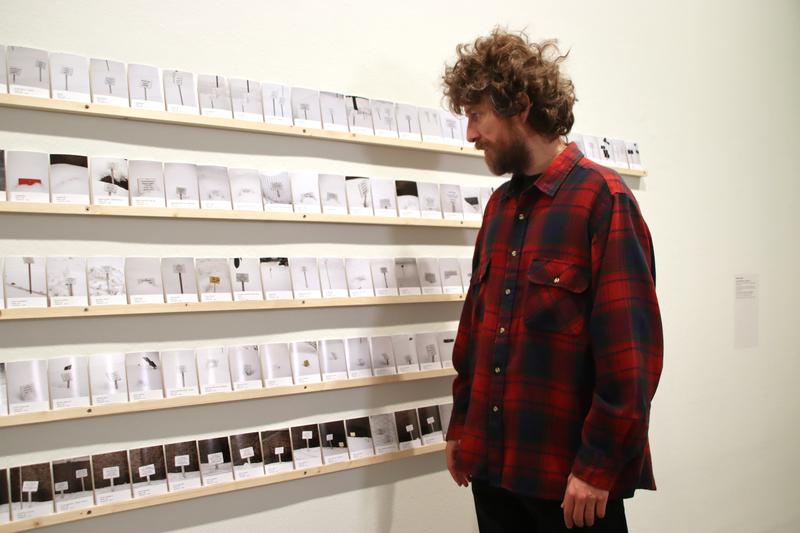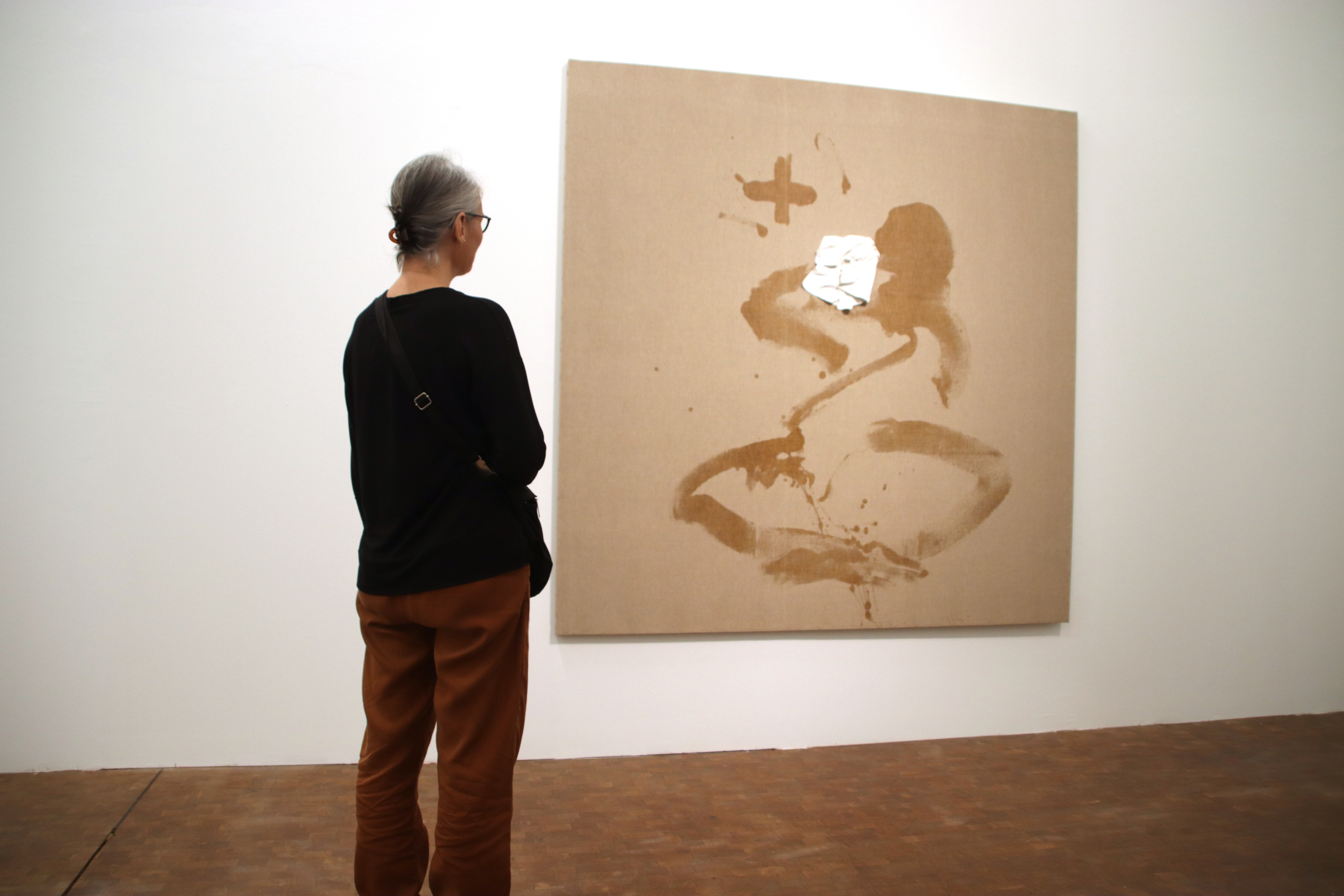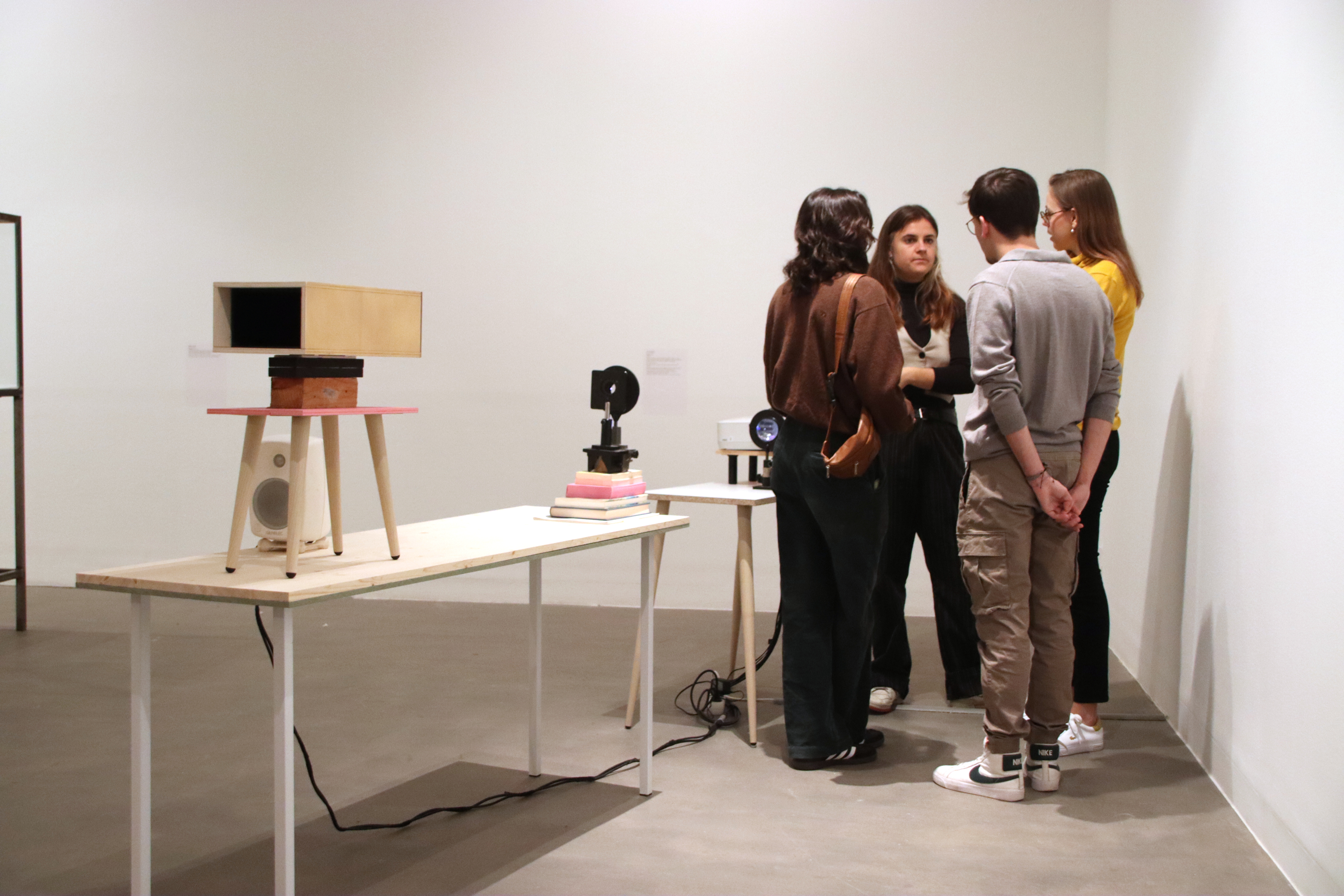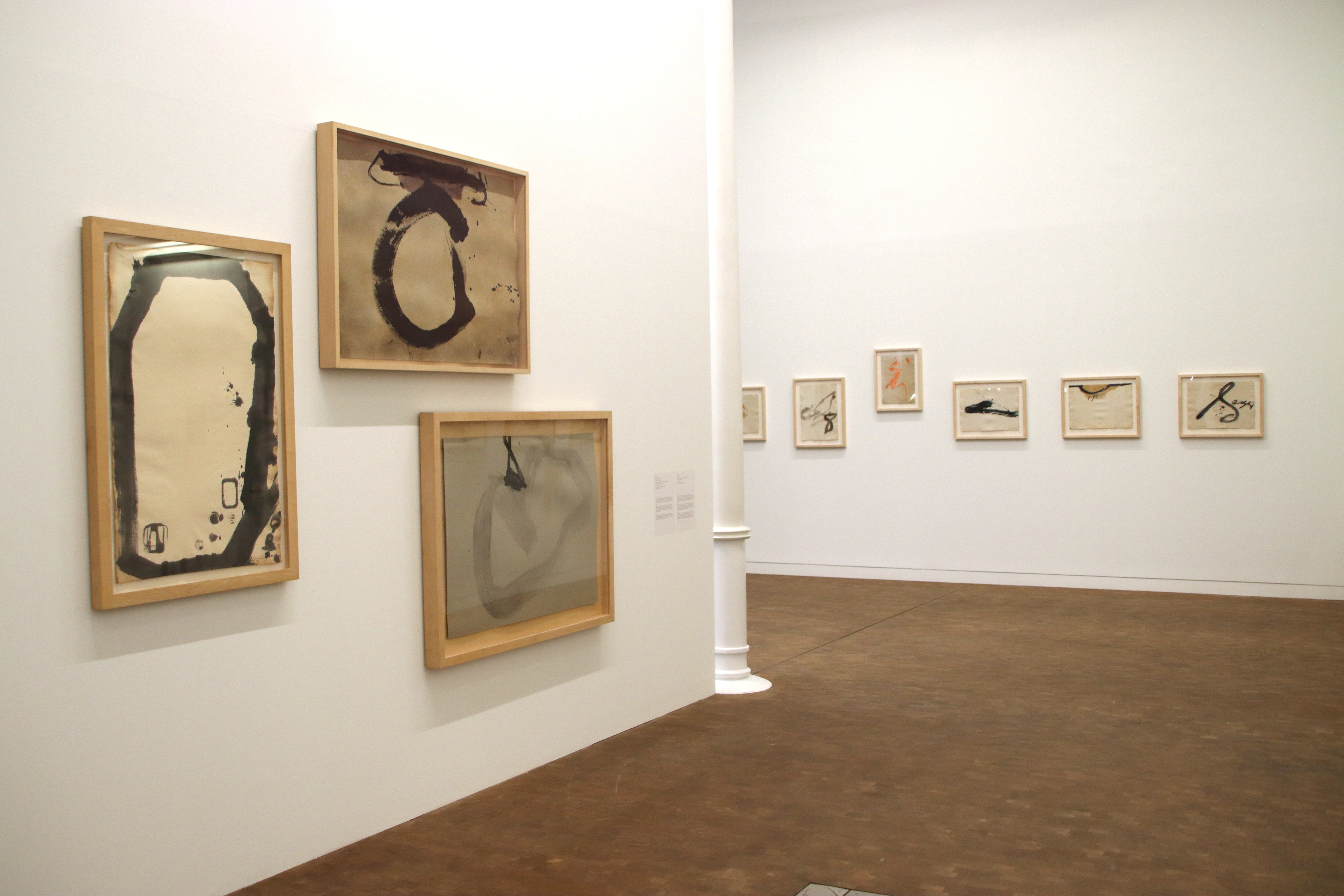Matter painting, Zen Buddhism, science, and Antoni Tàpies
Catalonia celebrates 100th anniversary of the birth of one of its most prolific artists

December 13, 2023, marked 100 years since the birth of revered artist Antoni Tàpies, regarded by many as one of the most significant cultural reference points Catalonia has ever produced.
The artist died in 2012 at the age of 88, leaving behind an impactful legacy in his body of work counting thousands of individual pieces, the Fundació Antoni Tàpies which showcases rotating exhibitions on his work, and an immeasurable contribution to Catalan culture and society.
Tàpies started working on art in 1943 and didn’t stop until his death. He passed through various periods, was interested in surrealism early on thanks to the influence of Picasso, Dalí, Miró and others who were enjoying success at the time, but he soon shifted toward focusing on using textiles and other forms of materials to make his signature “matter paintings” complete with their characteristic scratches, markings, protrusions, and textures.
His artwork is highly conceptual and requires “an active attitude” on behalf of the spectator of his work to be completed and understood, according to Núria Homs, curator of a new exhibition open in the Fundació Tàpies exploring the artist’s fascination with Zen Buddhism. The Barcelona native was interested in philosophy, spirituality, religions, the human experience, connection, and using art to get in touch with the subconsciousness – all of which are themes evident in his creations.
Tàpies’ early life was marked by a near-fatal heart attack set on by tuberculosis at the age of 17. He went to the mountains to recover from a collapsed lung, a recovery which took years, and this was a very formative period for him as he couldn’t do anything but sit, read, and think about life in a profound way. Here, he learned to question all the received wisdom in his life, in his childhood, in the society that he saw around him. At this period, Tàpies decided to be an artist, to try to use art to reconnect with a deeper meaning of life and consciousness.

The Spanish Civil War broke out when Tàpies was a teenager, so in very formative years of his life he saw his home city in rubble and ruins, with an easy parallel to be drawn from that with his matter paintings. There was also lots of political graffiti being thrown up in the city during this hugely chaotic period of Catalan history. He was absorbed by all the graffiti he saw, primal markings on the walls that told truths directly from another human’s soul, but he was also interested in ancient graffiti and cave wall paintings for similar reasons.
Art style and motifs
Many of Tàpies’ works feature abstract shapes and lines, scratches and marks on material, textured canvases, sculptures, mixed media, lithography, and graphic work. Very often, Tàpies used unconventional materials.
Everyday objects are commonly seen in Tàpies’ works, particularly socks. Socks have an importance in all of our lives that almost nobody pays attention to. Without them, we may be able to get from A to B, but we wouldn’t manage so in nearly as comfortable a fashion. Usually when slightly damaged, they are often thrown out too without consideration.

Tàpies subverts the role of this humble, everyday object by placing real ones directly onto his art pieces, highlighting their importance, and leaving the audience to ponder questions related to the role of socks and the importance we give to such everyday objects.
Another common motif used in his works is the symbol of the cross. Tàpies saw profound meaning in this simple symbol that went far beyond a religious meaning. To Tàpies, the cross represented the north-south-east-west coordinates of the world, but also the earthly in the horizontal plane, and the spiritual in the vertical, with the cross being a manner of connection between these worlds.
“Essence of our culture”
It’s difficult to overstate the place that Antoni Tàpies holds within Catalan society nearly 14 years after his death and 100 years on from his birth. He is one of the greatest artists to ever emerge from this land, and few have done more than he has to push boundaries and drive culture forward in Catalonia.
“Tàpies is a reference in Catalonia. Without any doubt he’s one of the biggest names from Catalonia worldwide,” Pep Vidal, curator of the exhibition ‘A=A, B=B’, open in the Fundació Tàpies to mark the centenary celebrations, tells Catalan News. “I know a lot of people that think the Foundation and also Tàpies is one of the essences of our culture.”
The exhibition 'A=A, B=B' is a reflection of artists and scientists on the evolution of scientific thought. It is based on 'A New Vision of the World,' a 1954 book of lectures on science and philosophy that were given in the 1950s in Sankt Gallen (Switzerland). Tàpies kept the book on his bedside table and it became a point of inspiration for many of his works.
“Antoni Tàpies was very interested in science in general and you can feel it in a lot of his works, they are related with some scientific approach,” Pep Vidal says. “The aim of the exhibition is to talk about his interest in science, how science is touching a lot of different fields, and how art can be totally related with science.”
Núria Homs, curator of ‘The Zen Imprint’ also showing now at the Tàpies Foundation, defines the work of Tàpies “as a way to look at reality.” She tells Catalan News that Tàpies “showed us how to look at aspects of reality that our society of consumption leaves to one side or totally disregards. He showed us how to look at those aspects of society that for him were fundamental, even if they were simple, everyday things.”

“Undoubtedly Tàpies was a key figure in the second half of the 20th century in Catalonia and Spain. Tàpies represented the return to modernity after the Civil War, he represented the resumption of modernity,” Homs believes. “Tàpies’ international success and his contact with the world outside Spain helped so that artists who displayed their work abroad could display it here, he acted as a bridge.”
Spirituality and science are the focal points of the two exhibitions open in the museum open in Tàpies’ name, but different as they are, Pep Vidal sees many similarities in their approach, and Tàpies’ approach to each subject in his art. “The scale is totally different but a lot of the approach is very related.”
- To learn more about Antoni Tàpies, tune in to the latest episode of our podcast Filling the Sink.